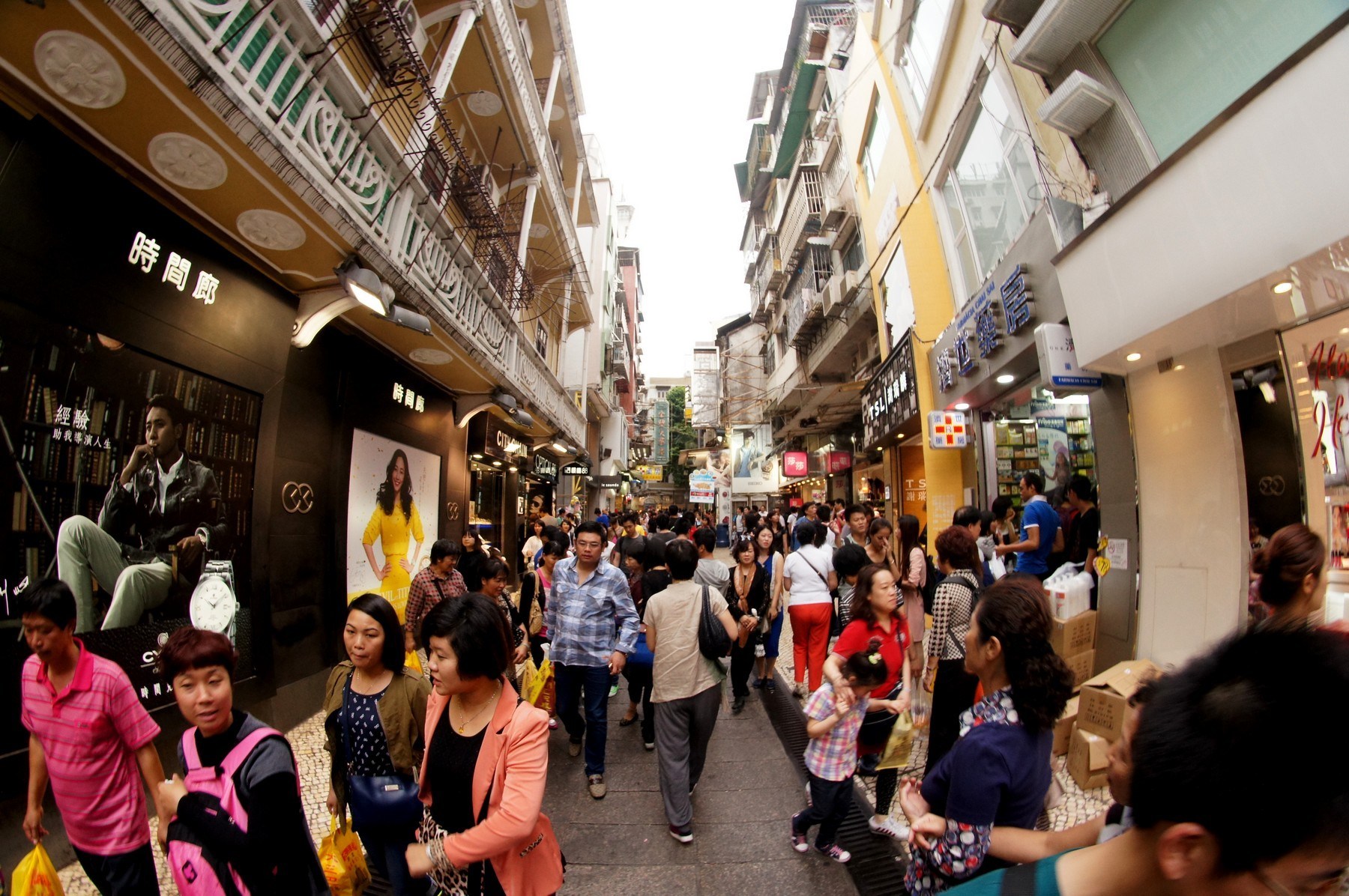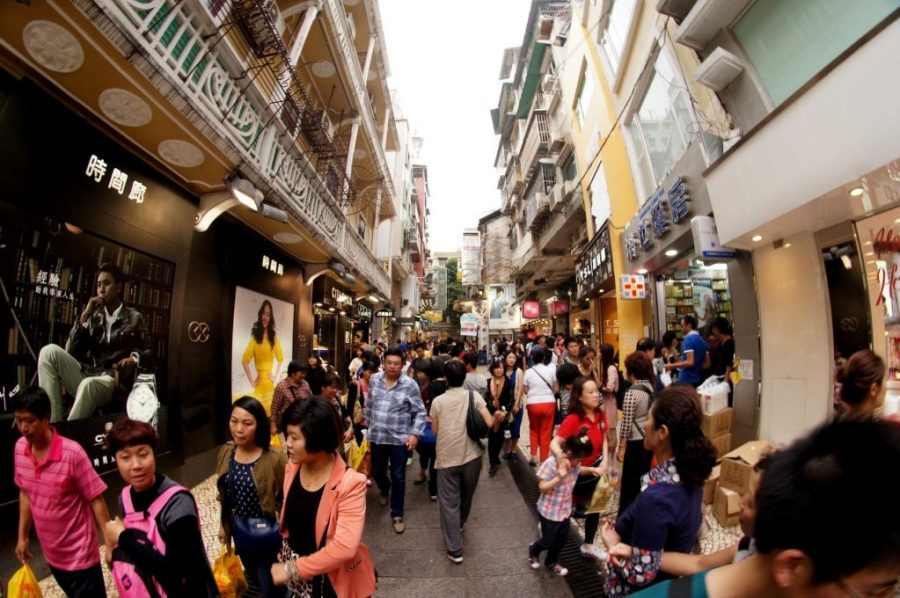Macau’s Gini coefficient rose by 0.01 percent from 0.35 in 2012/13 to 0.36 in 2017/18, indicating that Macau’s household income distribution has become a tad more unequal, according to the findings of a survey released by the Statistics and Census Bureau (DSEC) last week.
The survey is held every five years.
The World Bank says that a Gini coefficient ranging between 0.25 and 0.40 indicates a low level of inequality – such as in most European countries, Australia and Canada.
According to a DSEC statement on Friday, after excluding government welfare benefits and subsidies, the Gini coefficient increased from 0.38 percent in 2012/13 to 0.40 in 2107/18.
Government welfare benefits and subsidies pushed down the value of the Gini coefficient by 0.04 in 2017/2018, compared to 0.03 in 2012/13. According to the statement, this implied that the government measures had a “prominent effect on improving the income distribution of households”.
The statement attributed the increase in the Gini coefficient to population ageing and smaller household size. These socio-demographic changes, according to the statement, led to a rising number of relatively low income households (e.g. elderly households, small-scale households, households with fewer employed persons, etc.), “which affected the equality in household income distribution and thus drove up the value of the Gini coefficient.”
The Gini coefficient is a measure of statistical dispersion aiming to represent the income or wealth distribution of a country or region’s residents. It is the most commonly used measurement of inequality.
A Gini coefficient of zero expresses perfect equality, i.e. everyone has the same income. A Gini coefficient of 1 denotes maximal inequality, i.e. only one person has all the income.
The coefficient was developed and published by the Italian statistician and sociologist Corrado Gini (1884-1965) in 1992.(Macaunews)






